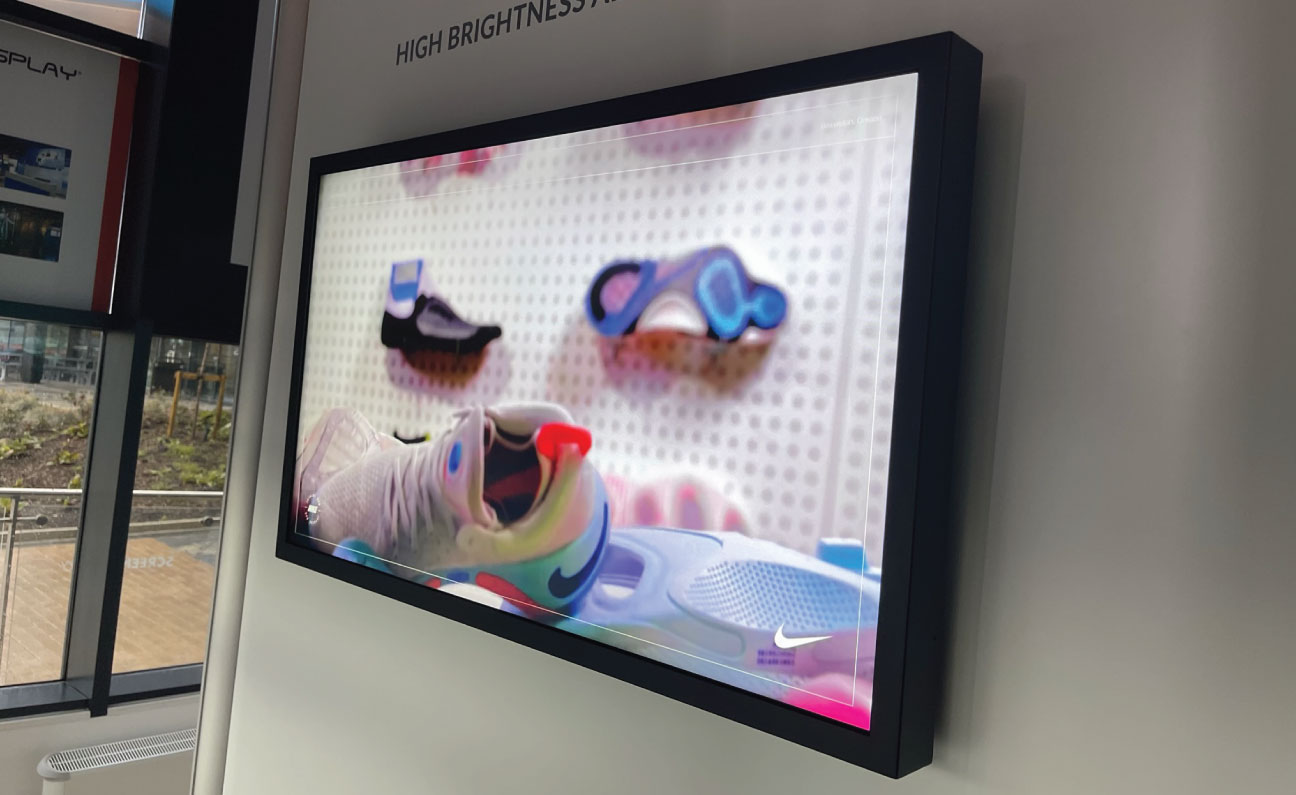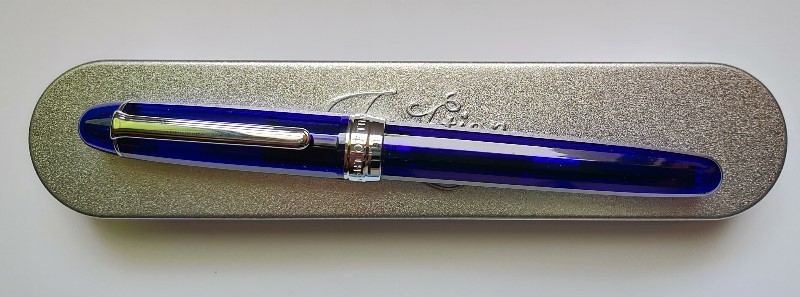High Brightness Displays: Clear Vision in Any Environment
2
0
·
2025/08/02
·
4 mins read
☕

Digital displays face their greatest challenge when competing against intense ambient lighting. Standard screens that perform perfectly in dim offices become nearly invisible under bright fluorescent lights or direct sunlight. High brightness displays solve this fundamental visibility problem by generating significantly more light output, ensuring your content remains vivid and readable regardless of environmental conditions.
These specialized screens produce between 700 and 5,000 nits of brightness—dramatically higher than conventional monitors that typically generate only 250-400 nits. This technological advancement has opened new possibilities for digital communication in previously challenging environments, from hospital operating rooms to outdoor transportation hubs.
Understanding High Brightness Technology
Luminance Measurements That Matter
The term "nit" represents one candela per square meter, providing a standardized measurement for comparing display brightness across manufacturers. Higher nit values directly correlate to better visibility under intense lighting conditions.
Indoor environments with bright artificial lighting typically require 700-1,200 nits for optimal visibility. Semi-outdoor installations or window-facing displays often need 1,500-2,500 nits, while fully outdoor applications may demand 3,000 nits or more to compete effectively with direct sunlight.
Advanced LED Backlighting Systems
High brightness displays utilize powerful LED backlighting arrays with sophisticated light distribution methods. These systems ensure uniform brightness across the entire screen surface while maintaining accurate color reproduction and contrast ratios.
Many modern displays incorporate dynamic backlighting that automatically adjusts brightness based on ambient conditions. This intelligent feature optimizes visibility while reducing energy consumption when maximum brightness isn't necessary.
Critical Applications Across Industries
Medical and Healthcare Environments
Hospital operating rooms present unique challenges with their intense surgical lighting. High brightness medical displays ensure surgeons and medical staff can accurately view patient monitoring data, diagnostic images, and surgical navigation systems without visibility compromises.
Radiology departments particularly benefit from enhanced brightness when reviewing X-rays, MRIs, and CT scans in well-lit reading rooms where traditional monitors would appear washed out and potentially compromise diagnostic accuracy.
Aviation and Transportation Control
Air traffic control towers require displays that remain clearly visible despite large windows and bright overhead lighting. Controller workstations depend on high brightness technology to display critical flight tracking information, weather data, and communication systems without visibility interruptions.
Maritime control centers, railway dispatch facilities, and airport operations centers all utilize enhanced brightness displays for safety-critical applications where information visibility directly impacts operational safety.
Industrial and Manufacturing Operations
Factory floors with powerful overhead lighting systems challenge conventional display technology. High brightness monitors enable production workers to clearly read process control information, quality metrics, and safety alerts from various viewing angles and distances.
Chemical processing plants, power generation facilities, and automotive manufacturing lines use enhanced brightness displays for system monitoring where visibility failures could impact both productivity and worker safety.
Selection Criteria for Optimal Performance
Brightness Level Planning
Assess your environment's brightest operating conditions and select displays with appropriate nit ratings plus additional headroom. Consider seasonal variations, window orientations, and lighting system changes that might affect ambient brightness levels.
Different viewing distances also influence brightness requirements. Displays intended for close-up interaction may perform adequately at lower brightness levels compared to those designed for room-wide visibility.
Display Size and Resolution Balance
Larger high brightness display require more powerful backlighting systems, which increases power consumption and heat generation. Evaluate your installation's power capacity and cooling infrastructure before selecting oversized displays.
Higher resolutions help maintain text readability at larger sizes but require additional processing power. Balance resolution requirements with available system resources and refresh rate needs for your specific application.
Environmental Durability Considerations
Enhanced backlighting generates more heat than standard displays, making operating temperature ranges crucial for reliable performance. Verify that your selected display can operate within your environment's temperature extremes with adequate cooling margin.
Consider additional environmental factors such as dust protection ratings, humidity tolerance, and vibration resistance based on your installation location's specific challenges.
Performance Advantages Beyond Basic Visibility
High brightness displays often deliver superior color reproduction and contrast ratios compared to standard monitors. The powerful backlighting systems enable more vivid color generation and deeper contrast levels, making content more engaging and easier to interpret quickly.
Wide viewing angle capabilities ensure consistent visibility for multiple users positioned at different locations relative to the screen. This feature proves particularly valuable in control room environments where several operators need simultaneous access to display information.
Modern high brightness displays achieve better energy efficiency through advanced LED technology, providing improved performance per watt compared to older backlighting methods.
Installation and Maintenance Best Practices
Professional installation addresses critical factors including mounting angles, ambient light source positioning, and thermal management requirements. Proper positioning can significantly enhance display effectiveness while extending operational lifetime.
Regular maintenance routines including cleaning and brightness calibration help maintain peak performance throughout the display's service life. Many high brightness displays include built-in light sensors and automatic adjustment features that simplify ongoing optimization requirements.
Illuminating Success in Demanding Environments
High brightness display technology has transformed digital communication possibilities in environments where standard screens simply cannot deliver adequate visibility. Organizations can now confidently deploy digital solutions in challenging lighting conditions, knowing their content will remain clear and accessible to intended audiences.
These displays represent a crucial investment for applications where information visibility directly impacts safety, productivity, or operational effectiveness. By understanding brightness requirements, application demands, and selection criteria, you can choose high brightness displays that deliver reliable performance in your specific environment.
WriterShelf™ is a unique multiple pen name blogging and forum platform. Protect relationships and your privacy. Take your writing in new directions. ** Join WriterShelf**
WriterShelf™ is an open writing platform. The views, information and opinions in this article are those of the author.
Article info
Categories:
⟩
⟩
Total: 879 words
Like
or Dislike
More from this author
More to explore











